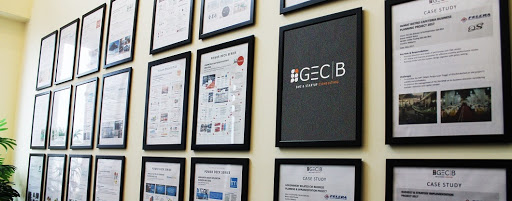May 18, 2011
By John Wong
As soon as the importer and exporter have concluded the a transaction that calls for payment under some form of a LC, the importer makes an application for the credit to the bank that will issue the credit either locally or in other country.
The importer will give the issuing bank instructions that cover some items as below:-
1. The full name, address and contact information of the beneficiary, usually the exporter.
2. A brief description of goods purchase involved, including the quantity, quality and unit price.
3. The method, place and form of shipment, the location of the final destination and other shipping issues e.g. transshipment, partial shipment etc.
4. The full description of the documents required e.g. the period of time after the documents are issued within which they must be presented for payment. In addition, the credit should specify if payment is to be immediate (at sight) or with some degrees of deferment (e.g. 3 days after acceptance).
5. Details of the LC e.g. including the amount (usually expressed as a maximum), the expiry date, how the credit will be made available and the transferability of the credit.
6. The type of credit-the revocable credit, the irrevocable credit or the confirmed irrevocable LC.
 Upon approval of the credit application by the issuing bank, the LC is usually advised to the exporter, that is, the bank makes the exporter aware that a LC is opened.
Upon approval of the credit application by the issuing bank, the LC is usually advised to the exporter, that is, the bank makes the exporter aware that a LC is opened.Once the importer and exporter are satisfied that the credit is operable, the exporter ships against the commercial contract and presents the required documents and a draft (the instrument by which the exporter directs the importer to make payment) to the confirming correspondent or issuing bank.
Upon checking the documents for accuracy, the banks passes the documents onto the importer and makes payment against the draft to the exporter.
Related Posts:
What is Letter of Credit (LC)?
What is Letter of Credit (LC)?


1 comment:
fitflop
coach factory outlet
oakley sunglasses on sale
adidas trainers
cheap oakley sunglasses
nike roshe shoes
michael kors outlet
mont blanc pen
nike store
air max 90
20170517yuanyuan
Post a Comment